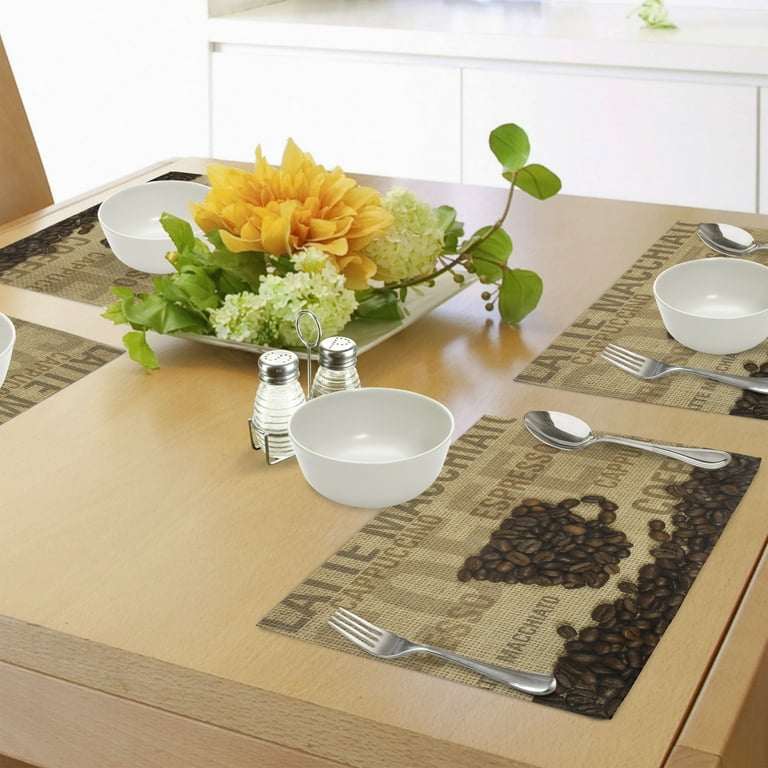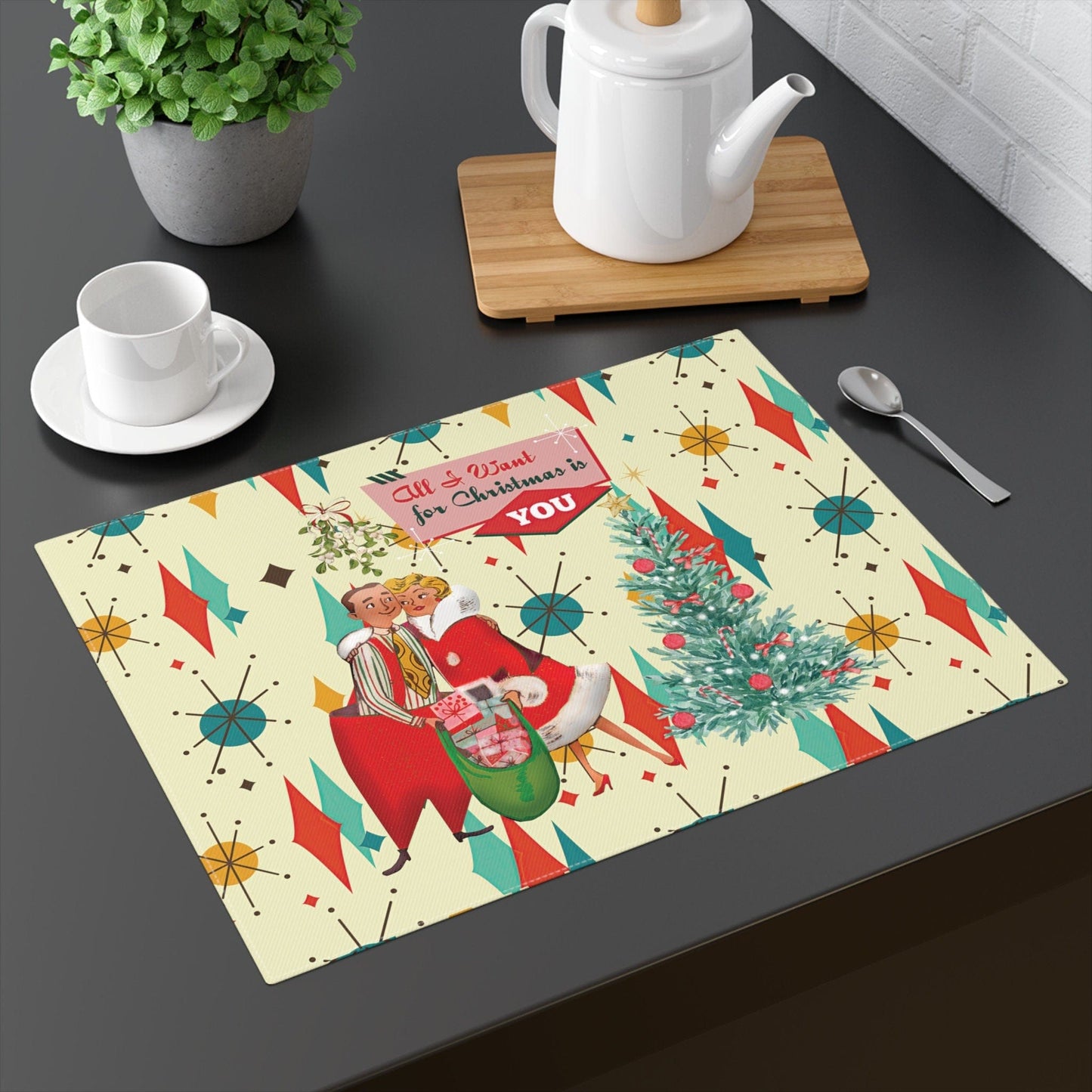What Does Unique Art Do?
What Does Unique Art Do?
Blog Article
Excitement About Unique Art
Table of ContentsGetting My Unique Art To WorkFascination About Unique ArtThe Definitive Guide to Unique ArtThe Best Guide To Unique Art
While one could debate which art form holds priority, the reality remains that each of these seven types provides a special window right into human background, culture, and evolution. They are the tapestries that chronicle our trip, advising us of our past while inspiring visions for the future.Fantastic art work informs a story, makes individuals look twice, and creates an unique experience that can not be matched. Art and illustrations connect every one of that via shade, shape and other style elements. Find out how to make your unique art work attract attention from the group.

8 TRIA GIOVANEqual parts grand and laidback, this foyer created by Anthony Baratta is the ideal blueprint to comply with if you're enhancing a formal entry that still really feels unfussy and comfy. Patterned textiles take spotlight (see the carpets and the sofa), but they also aid bring the high ceilings down to a human range when hung over wallpaper.
The Main Principles Of Unique Art
18 Heidi Caillier DesignA gallery wall does not require to use up the whole space. In some cases a small one can make a larger style declaration. In this living-room, Hiedi Caillier chose for micro-mini frameworks and an arbitrary structure. Ad - Continue Reading Below19 Stephen Kent JohnsonDesigner Juan Carretero went with a deep environment-friendly paint color to comparison with the light timber coatings.
, the expression of concepts and feelings, with the production of certain aesthetic high qualities, in a two-dimensional visual language. The components of this languageits shapes, lines, colours, tones, and texturesare used in numerous means to generate experiences of quantity, area, motion, and light on a level surface area. These aspects are combined right into expressive patterns in order to stand for actual or mythological sensations, to translate a narrative motif, or to create entirely abstract visual connections.
Later the concept of the "great artist" created in Asia and Renaissance Europe. Prominent painters were paid for the social standing of scholars and courtiers; they authorized their work, determined its design and typically its subject and imagery, and established a more personalif not always amicablerelationship with their patrons. Throughout the 19th century painters in Western cultures started to shed their social setting and safe and secure patronage.
Things about Unique Art
Others made an income via visiting exhibitions of their job. The need to attract a marketplace had actually replaced the similar (if less impersonal) needs of patronage, and its effect on the art why not try here itself was possibly comparable too. Normally, musicians in the 20th century can reach a target market only through industrial galleries and public galleries, although their job may have been sometimes reproduced in art periodicals.

Don't copy the design of various other musicians if you're trying to find your style. Copying other individuals's art work can be excellent in academic purposes however it will certainly not make you closer to locating your very own distinct design. Your imaginative style has to be, what you like and what influences you.
I this post would consider your very own design as a style you repaint in naturally, when you release all ideas and rules and simply focus on paint, not considering it. Unique Art. The design has to come naturally to you when you are kicked back and you can not force it or it won't be your own style, simply somebody else's
Some Known Factual Statements About Unique Art

With time you'll be able to sort all of them right into your favored and the very least preferred groups. Attempt to concentrate your interest on the subjects and mediums that you like and before you see it coming you'll have your very own individual and unique design, like no person else have! In the end you'll have a few favored topics to paint and maybe a few preferred mediums.
The design needs to create itself with time with a lot of technique and experiments - Unique Art. Thanks for reading this message and if you have any questions leave them in the remarks listed below, I would certainly enjoy to address these
Report this page